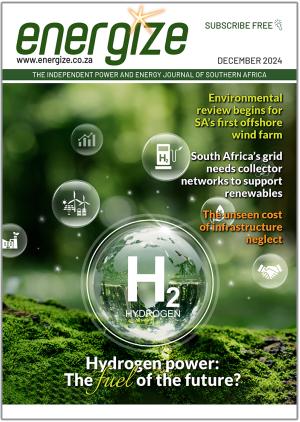Eskom reports that an Inter-Governmental Agreement between the South African and United States (USA) governments ended in December 2022. As a result of the agreement ending, the approval that Westinghouse had to supply fuel for Koeberg has been withdrawn by the US NRC. Eskom is exploring the implications of the withdrawal of the US NRC approval for Westinghouse, and what is needed to enable them to continue supplying fuel.
No nuclear fuel shortage for Koeberg is anticipated in the immediate future. For many years, Eskom has maintained two nuclear fuel suppliers qualified to supply fuel for Koeberg. The fuel that will be loaded into Koeberg Unit 1 at the end of the current outage, which is currently in progress, was supplied by Westinghouse and is already on site. The fuel for the next outage on Unit 2 which is scheduled for late 2023 is unaffected as that fuel is supplied by Framatome (France). The contracts with Westinghouse and Framatome cover the fuel needed beyond these two outages.
It is therefore not anticipated that Eskom will have to establish new fuel contracts due to this current issue.
Koeberg is an important player in Eskom’s fleet of power stations even though at present only one Unit is operational as maintenance work is underway on the other Unit.
The loss of the Koeberg nuclear power station would be a serious blow to Eskom as it tries to end nationwide power outages that are crippling the economy. The loss of a supply of nuclear fuel would also be a major setback to the power utility’s and energy department’s dreams of building new nuclear power stations in South Africa.
Eskom relies on Koeberg’s two 900 MW power-generating units for two reasons. Firstly, the plant is highly reliable and delivers a high energy availability factor, and secondly, because Koeberg produces the cheapest electricity per MWh of any of Eskom’s fleet.
The power utility is promoting the idea of extending the operating life of the Koeberg plant by another twenty years, even though it legally reaches end-of-life, and would therefore have to be shut down in 2024. Although Eskom claims the cost of life extension work is about R20 billion, independent assessors have said the real figure could be as much as ten times higher.
Should Koeberg’s life-extension work go ahead – and assuming nuclear fuel will be available for a further 20 years – the real cost of electricity from Koeberg is likely to be significantly higher than it is now and considerably more than similar power levels from new renewable power plants.















